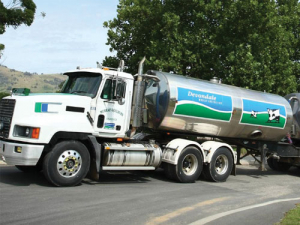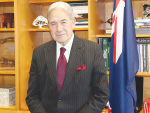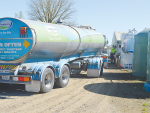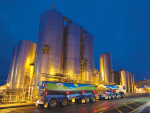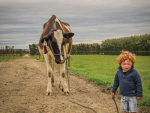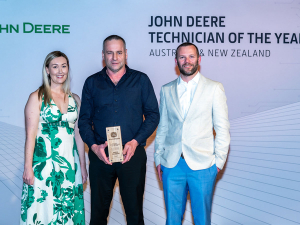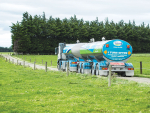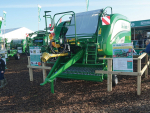And has this now gone too far? Has it happened at the expense of farmers incurring onfarm operating costs that make them no longer competitive with New Zealand?
This situation farmers and the industry need to address because processors may lack the ability, or be unwilling, to fund these higher onfarm operating costs by paying higher milk prices, putting the Australian industry at great risk.
Is pricing clarity the real problem, as the UDV and ADF are indicating, and is it enough to improve farmer returns?
Does the Murray Goulburn milk payment structure truly reflect the product mix it presents to the market? The same question can and should be asked of Fonterra.
How much milk achieved outside the traditional seasonal calving pattern does MG actually need from its farmers to meet the requirements of its fresh market needs? This is important because the most profitable and low risk farming system, according to industry consensus from a farm perspective, is seasonal.
How much MG milk is truly in the daily fresh milk market? Once this is met, can seasonal pricing be applied to send the correct market signals?
I question the need to chase shoulder milk if farmers are not truly in the flat milk-supply world.
Can you have a foot in both camps?
Can MG be in both camps but be pushing supply into the flat supply curve with such large disparity in pricing amongst its suppliers, considering this truly fresh milk volume and market is such a small proportion of the MG and Fonterra total product mix?
MG, with its milk pricing, seems to be turning itself, by stealth, into a flat milk-supply company like Parmalat, when there is no real need to.
Its product mix is too wide and is still mainly various value added commodity products.
Both MG and Fonterra have nowhere to move to grow their respective businesses, given the present state of the Australian industry. It’s a Mexican stand-off and their futures are limited along with their farmers, so it’s time to look at options.
Is this pricing model leading to a declining or at best stable southern total milk pool?
Can any change be possible without a whole-industry response now that Canberra is paying attention?
MG’s new plants have no chance of going ahead without a growing Australian milk pool or rationalisation of the processing sector. At this point it seems to be fracturing even more into smaller and smaller players, doing nothing for processor efficiency. Our processors are not world class and lack scale.
Competition for local milk supply is destroying our international competitiveness, because supplier numbers are declining and growth is stagnant, with no thought about the farming systems, their resilience and profitability, and how they relate to the strategy.
MG is critical to the future of the Australian dairy industry, as the ADF and some other industry bodies confirm.
The Australian dairy industry cannot afford to let MG get smaller or the Australian milk pool to shrink. For the good of the Australian dairy industry both need to grow.
The next question for the whole of the Australian dairy industry is, how do we make this happen?
This is a whole-industry issue. The industry has been at a crossroads for the last 10 years and very little has changed.
It is time to decide in which direction this industry is headed. We have to decide if we want to be a world-class industry that can compete with the rest of the world, or be also-rans.
This is something our Kiwi friends are very good at. They know where they want to be and know how to get there, with the Government in the loop.
Read the Horizon 2020 report, a good document (produced in 2013 with funding from Dairy Australia, the Geoffrey Gardiner Foundation and ADF).
Right now, we are in the bottom left corner of the strengths and weaknesses axis, exactly where the document said we would be if our leaders did nothing and we kept going as we were.
It’s now crunch time for this industry.
MG and Fonterra Australia have to merge for the good of New Zealand and Australian farmers and their respective industries. Both are, after all, co-ops.
The question for the whole of the Australian industry and the Government is, what will it take and how do we convince Fonterra to let go of its Australian business so it can merge with MG for the good of both nations and industries?
This has to happen. That is the challenge for the ADF and the Australian industry as a whole. Do we want to shape the future of our industry or will we allow our competitors to do it for us?
Are we mature enough as farmers, and as an industry, to have the conversation and engage with New Zealand as a whole? It would be a tough conversation but, in reality, much more important that any free trade deal we are likely to negotiate.
Can we put aside our prejudices and biases long enough to have the debate or shall we hide behind the mask of a Government that will never allow it to happen?
If we are to have this debate, we should be discussing it at the next UDV conference.
If, after this discussion, we decide there is no need for a large Australian owned co-op to act as the foundation of this industry long term, so be it. At least we would have had the discussion and would be informed.
• Berhnard Lubitz, a dairy farmer in Gippsland, Australia, is an MG supplier.

